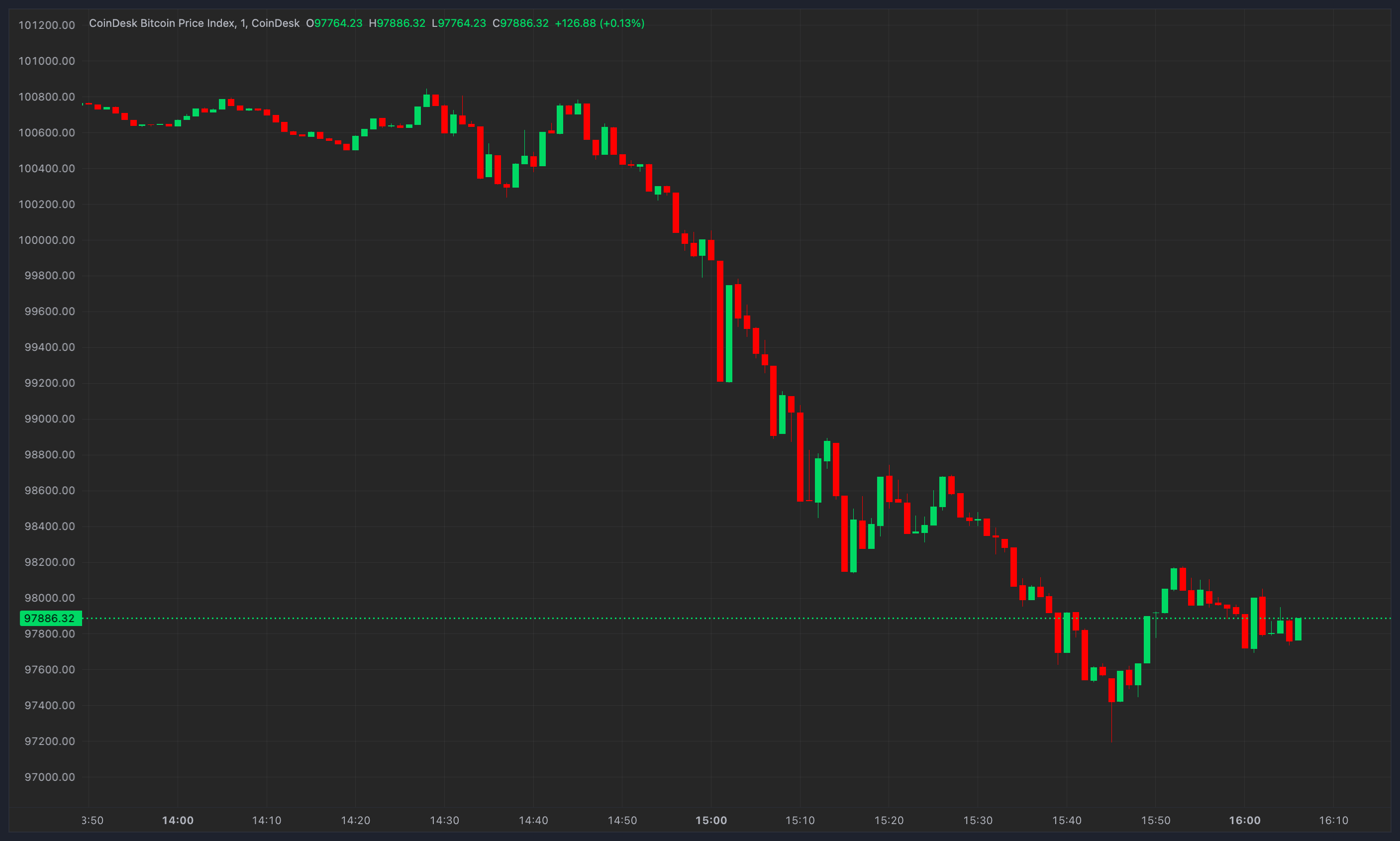With skepticism that the metaverse will “change everything” growing as Meta’s struggles to produce a viable immersive virtual reality, there is a new “next big thing” waiting in the wings: The industrial metaverse.
In this first article in a new PYMNTS series about this fledgling use of private metaverses, we’ll look at how companies are embracing “digital twins” of their factories and facilities and the various use cases of enterprise VR and corporate second lives.
See also: Nvidia, Deloitte Beat Meta to Punch With Enterprise VR Offering
So, what is an industrial metaverse and how will it be used?
There are a couple of core types of the industrial metaverse, beginning with collaborative spaces where designers around the country or world can collaborate on a single project in a single virtual space or where marketers can unveil, showcase or even sell virtual products — test driving a car, for example.
Read more: Nvidia, Deloitte Beat Meta to Punch With Enterprise VR Offering
But another, and perhaps the biggest real value of the industrial metaverse is the digital twin, a recreation of a factory or other facility where designs can be tested and production issues can be observed — and adjusted or fixed — in real time.
Nvidia Omniverse Enterprise metaverse technology is being used to build a digital twin of German railway operator Deutsche Bahn that will let it monitor operations of its entire network of 5,700 stations and 20,500 miles of track in real time.
The Living Metaverse
Unlike Meta CEO Mark Zuckerberg’s much-derided Horizon Worlds, corporations ranging from Siemens and Boeing to Mercedes and BMW already have industrial metaverses up and running, Digital Engineering reported.
See also: Zuckerberg’s Unlovable Metaverse Shares Flaws of Meta’s Payments Policy
Siemens Digital Native Factory in Nanjing, China, was built in the metaverse as a digital twin before a single shovel went into the ground, the company said in a release.
That “optimized the building, and detected and mitigated potential problems at an early stage,” it said. “Planning errors, both small and big, which in the past would cost a lot of money and a lot of time, were completely avoided. And we continue to use the power of simulation during operations.”
Manufacturing capacity increased by 200% and productivity by 20%, it said. The photo-realistic digital twin lets it create the optimal layout for construction robots, test the impact of temperature changes and even simulate the impact of faulty parts.
“Products are extremely complex,” Tony Hemmelgarn, president and CEO of Siemens Digital Industry Software, said in a VentureBeat-led panel discussion at industrial metaverse builder Nvidia’s GTC virtual conference in September. “An automobile has hundreds of thousands of requirements that go into it, or an airplane or whatever. How do you change one requirement without knowing how it affects everything else in a virtual way? If you can’t represent software, you can’t represent electronics, or the mechanical design, or better yet the manufacturing and automation and all the things that go into building that product, you really can’t simulate it.”
Better outcomes
In December, Boeing revealed that it plans to build its next major plane, the 777X, using digital twin technology to create 3D virtual representations of the plane and its engines, allowing engineers to simulate and test designs and changes in real time, Reuters said. Each design will be backed by a “digital thread” digging deep into the supply chain with individual airline requirements, details on the millions of parts, every design change, and the thousands of pages of certification documents required attached, it added.
It’s “about changing the way we work across the entire company,” Boeing’s Chief Engineer Greg Hyslop told Reuters, adding that 70% of quality issues track back to design issues. “You will get speed, you will get improved quality, better communication and better responsiveness when issues occur.”
And hopefully avoid disasters like the flaw that crashed several 737 MAX aircraft in 2018 and 2019, shutting down production for almost two years as more and more potential problems were discovered.
For all PYMNTS crypto coverage, subscribe to the daily Crypto Newsletter.
https://www.pymnts.com/news/b2b-payments/2022/industrial-b2b-marketplaces-eye-trillion-dollar-b2c-payments-experiences/partial/
Read More: news.google.com










 Fact0rn
Fact0rn  Brett (ETH)
Brett (ETH)  ZBIT•BLUE•BITCOIN
ZBIT•BLUE•BITCOIN  U Coin
U Coin  tomiNet
tomiNet  00 Token
00 Token  Silly Dragon
Silly Dragon  BEAM
BEAM  Dogechain
Dogechain  Forward
Forward  Catana
Catana  Interest Compounding ETH Index
Interest Compounding ETH Index  Trust The Process
Trust The Process  Robonomics Network
Robonomics Network  AgriDex
AgriDex  Radiant
Radiant  Dyad
Dyad  Holdcoin
Holdcoin  Stride Staked Osmo
Stride Staked Osmo  X Community
X Community  Neroboss
Neroboss  Solanium
Solanium  Sharpe AI
Sharpe AI  Elonia Trump
Elonia Trump  Fuse
Fuse  Push Protocol
Push Protocol  PIP
PIP  Luminous
Luminous  Chain Games
Chain Games  Epik Prime
Epik Prime  Bitcoin on Base
Bitcoin on Base  MEMENTO•MORI (Runes)
MEMENTO•MORI (Runes)  Ben the Dog
Ben the Dog  ROACORE
ROACORE  FDREAM
FDREAM  Galaxia
Galaxia  Cult DAO
Cult DAO  KCC Bridged USDT (Kucoin Community Chain)
KCC Bridged USDT (Kucoin Community Chain)  TEH EPIK DUCK
TEH EPIK DUCK  BIDZ Coin
BIDZ Coin  Avarik Saga
Avarik Saga  GPU ai Rich
GPU ai Rich  LightLink
LightLink  Koi
Koi  Seal
Seal  Ispolink
Ispolink  EverValue Coin
EverValue Coin  Shark Cat
Shark Cat  Catcoin
Catcoin